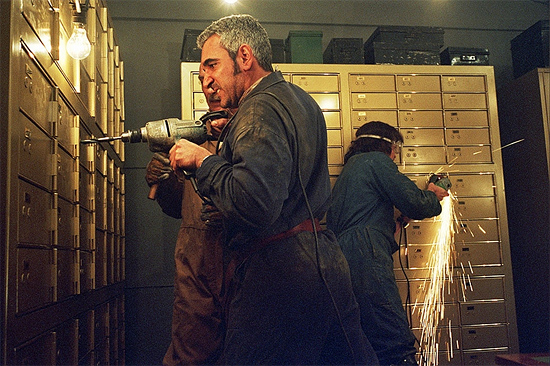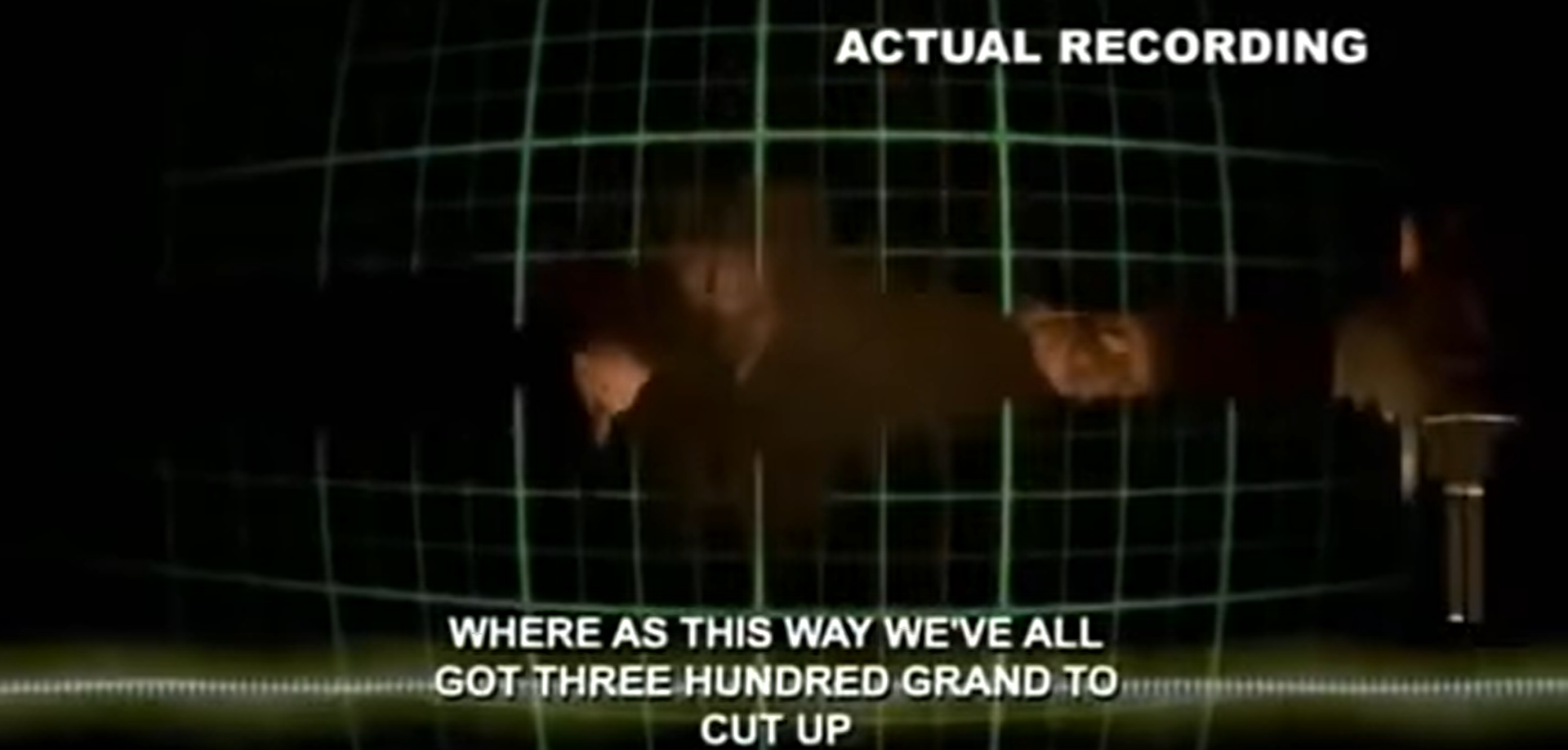One of the most engaging heist thrillers, ‘The Bank Job’ features the sardonic wit and the gloomy atmosphere of London. Directed by Roger Donaldson, ‘The Bank Job’ follows Terry (Jason Statham), a car-dealer who gets an opportunity to execute a plan involving a daring bank robbery. Terry is unaware of the robbery’s ulterior motive as he is provided with the lead by Martine Love, his neighbor and an ex-model. Using his questionable connections, he pulls together a team that can execute the plan efficiently. The robbery’s completion reveals certain secrets hidden in the safety-deposit boxes that create mayhem in England’s political and criminal circles.
To stave off the secrets falling into the public domain, murder and chaos follow. The money is kept on the sidelines, as Terry has to enter into some dangerous negotiations with law enforcement and dreaded gangsters hot on his trail. The implications of the secrets in the safe boxes involve some members of the British Royal Family. We decided to look through the story’s details to find whether it is rooted in truth or fiction. Here’s what we found.
Is The Bank Job Based on a True Story?
Yes, ‘The Bank Job’ is based on a true story. The film is based on the Lloyds Bank Robbery that shook England in 1971. On the night of September 11, 1971, a gang of thieves had tunneled their way into the Lloyds Bank situated at Baker Street, from the basement of Le Sac, a leather goods shop which they had leased. They robbed valuables and cash, estimated to be worth three million pounds. A ham-radio operator caught some parts of the conversation between the thieves who were using walkie-talkies for communication.

The operator, Robert Rowlands, informed the police, but the robbers’ location couldn’t be identified. This particular aspect led to the moniker ‘Walkie-Talkie’ robbery for the daring heist. (The robbery bore some connections to the Sherlock Holmes tale, ‘The Red-Headed League.’) The next day, newspapers were flooded with information about the robbery. Surprisingly, the government issued a gag order, thereby prohibiting further media coverage in the name of national security. It was assumed that some of the vault’s safety deposit boxes had some compromising photographs and information of political and criminal bigwigs that risked the exposure of their collusion.
Lawrence Bender, a producer, brought the story to the writers and George McIndoe’s contact, who seemed to have in-depth knowledge of the case. McIndoe apparently knew one of the robbers who partook in the heist and provided valuable information that built the film’s narrative. ‘The Bank Job’ portrays the involvement of MI5 in decreeing the gag order as the safety box in question supposedly contained compromising pictures of Princess Margaret, a member of the British Royal Family. This assertion and the connection with Michael X depicted in the film were reportedly influenced by McIndoe’s information, which hasn’t been proven yet.
Director Roger Donaldson and the writers dug deep into newspaper archives, talked to police officers, the ham radio operator, and contacts who knew some of the robbers and an MI5 agent, the alleged mastermind. The transcript of the thieves’ walkie-talkie conversation was used to formulate the dialogues in the script. The film also implies that Michael X was hanged for Gale’s murder, an MI5 agent trying to infiltrate Michael’s commune. In actuality, there is no concrete evidence establishing the veracity of the conclusion.

‘The Bank Job’ does take some liberties in the narrative to dramatize a sensitive issue while portraying it for the big screen. The writers had to maintain a semblance of ambiguity in the narrative, as the implications could addle the national security. Even though some of the facts shown in the film are not ascertained, it does show some actual happenings like the robbers using a heat lance to tunnel through and the character of Lew Vogel: an apparent allusion to real-life pornographer and racketeer, Bernie Silver, who was active in the London underworld from the 1950s-70s.
In the end, it was determined that a career criminal named Anthony Gavin was the mastermind. Le Sac was actually rented out by Benjamin Wolfe, and two more people were implicated for the crime: Reg Tucker and Thomas Stephens. Although law enforcement officials searched for more members who participated in the heist for five years, no further arrested were made. While Wolfe was sentenced to 8 years behind bars, the others were given a sentence of 12 years.
Read More: Is Locked Down a True Story?


You must be logged in to post a comment.